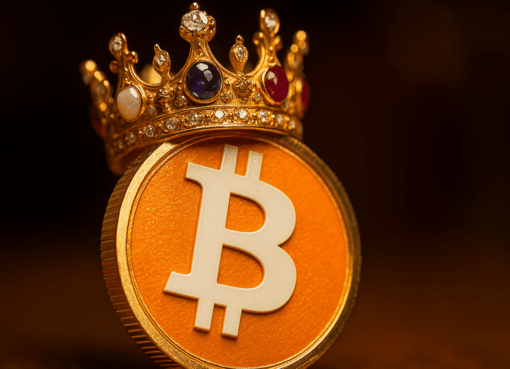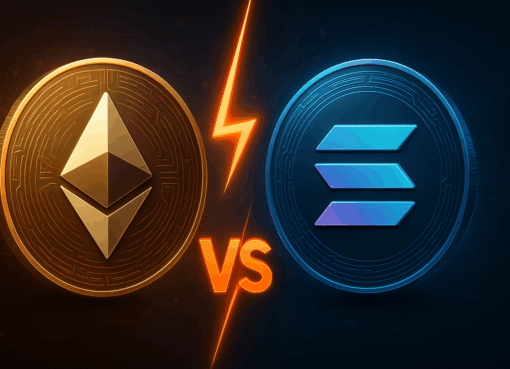On April 23, three days after the Bitcoin halving event, an impressive 1.6 million unique Bitcoin transactions were recorded, according to data from Blockchain.com and Glassnode. This notable increase in transactions indicates a growing interest in using Bitcoin for everyday transactions, expanding its conventional role beyond being merely a store of value.
Bitcoin Runes Lead Daily Transactions
According to Blockchain.com data, the launch of Bitcoin Runes, an alternative to Bitcoin Ordinals, directly correlates with the surge in daily Bitcoin payments. On April 23, Runes accounted for 68% of all Bitcoin transactions, showcasing rapid adoption within the community.
By April 29, BTC had reclaimed its dominance, representing 77.8% of Bitcoin transactions, while Runes maintained a strong second position with an 18.8% share. Other protocols, including Ordinals and BRC-20 tokens, also contributed to the network activity.
Impact on Miners and Market Opportunities
The ascent of Bitcoin Runes has resulted in over 1,200 BTC in transaction fees for miners since the Bitcoin halving event, offering a substantial incentive for miners and highlighting the economic feasibility of this emerging protocol.
However, some experts caution against excessive optimism. On April 17, pseudonymous DeFi researcher Ignas, cautioned on X (formerly Twitter), suggesting that while Runes appear promising, they could face a similar fate to NFTs.
The Rise of Bitcoin DeFi (BTCFi)
BRC-20 and Runes tokens symbolize the emergence of a new standard known as Bitcoin DeFi (BTCFi). These fungible token standards aim to enhance Bitcoin’s utility beyond its existing capabilities, paving the way for DeFi applications built on the Bitcoin blockchain.
This evolution is poised to unlock fresh opportunities for Bitcoin holders and stimulate the growth of the BTCFi ecosystem. As developers delve into BTCFi’s potential, investors can anticipate further innovation and diversification in Bitcoin payments and applications.
Featured Image: Freepik




